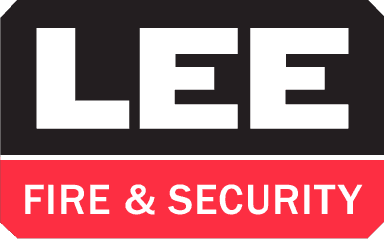The key components of a physical security system

If you’re considering investing in a professional security system for your home or business, it’s important that you have more than just surface level of information. If you want to make the right decision and choose the right security system for your wants and needs, it’s imperative that you’re aware of each of the system’s components – how they work, why they work and what they do.
Generally speaking, all components can be broken down into one of four categories – deterrence, detection, access, and response.
Deterrence is your first line of defence, the components that exist not to keep criminals from your door but to prevent them from even trying. This can mean anything from the signs you hang up to let thieves know they are being monitored or motion-sensor lights you install in your back garden to illuminate burglars as they approach. Fences and high shrubbery are also popular deterrents in homes.
Detection and surveillance refer to the components that are able to locate and identify criminal behaviour. Most obviously, this would be the alarms and CCTV, but in more advanced systems could also include UPS (underground perimeter security) protection, that can be subtly hidden beneath the ground so they don’t clash with the aesthetics of your property.
Access controls allow those who are supposed to be there to gain entry and keep out those that are not. How in-depth you choose to go with your access controls is very much down to the value of your property and its contents.
However, the available options have increased dramatically in recent years, thanks in no small part to the rise in Internet of Things (IoT) connected tech. Options range from PIN combination locks to systems featuring high-definition video and audio feeds. These can be streamed to almost any smart device and are perhaps the most secure option, though access card systems are also a popular option with larger businesses.
For certain businesses, even biometric access points have been used in recent years, though that could be seen as overkill if you’re a relatively small enterprise.
Response relates to what happens once a break-in (or related criminal activity) has been detected. Is there a system in place to alert the emergency service automatically should a breach be detected? Or is it being monitored by a private security firm who will send their own employees in to deal with it? Whatever the answer, all modern response solutions need to be coordinated and reliable.
Threat level
So, those are the basic components of a physical security system, but what combination of components should go into your security solution? This will depend on several factors (not least of which is budget, of course) but threat level should always be the most important factor.
Undertake a thorough risk assessment based on your geographical location, the value of your property and its contents and the history of the building to make an informed decision.
Testing
Finally, any good security system will need to be tested on a regular basis. This also includes taking care of any software or firmware updates that may need to be made and ensuring that procedures are all run through so that if the worst should happen, you know you’ll be able to rely on your security system to do its job and protect your property!
